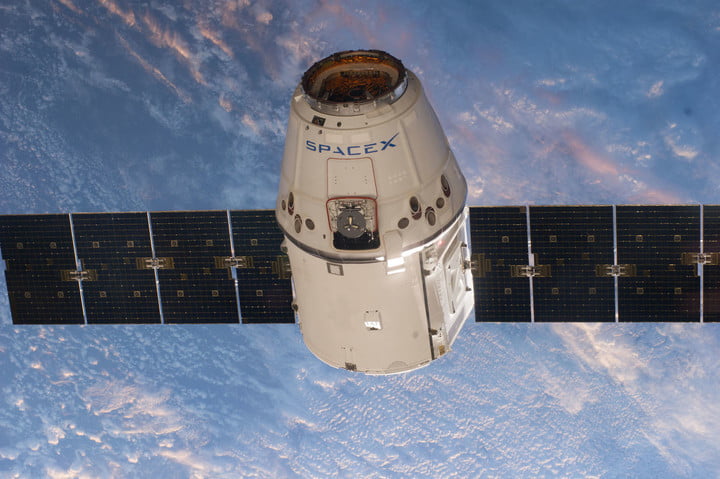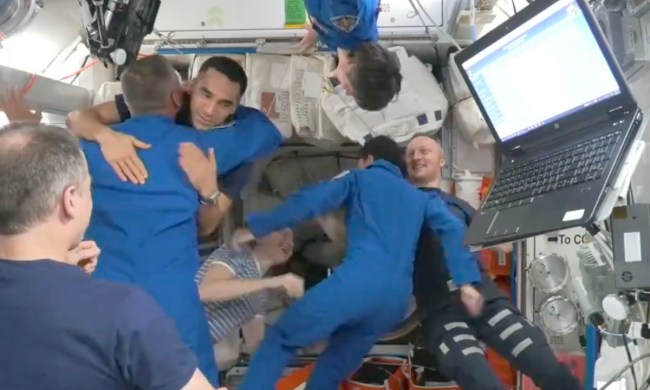
Back in August 2017, HPE teamed up with Space X and NASA to send a supercomputer to the International Space Station. Part of a year-long mission to test if the systems onboard the computer could survive the harsh environments of space, it is now still alive and partly in working order, Wired reports.
Built with help from NASA, and based on the technology from HPE’s Apollo 40 servers, the supercomputer’s 32 cores all kept working all year despite the radiation of space. There were, however, several periods where the connections to NASA were down for three seconds to 20 minutes at eight times during the day. Despite the downtime, data was not lost, which is something that shows big potential for use in space, according to HPE.
“There’s a lot of 4K cameras and videos on ISS looking for something … We should do that kind of general-purpose image processing on board and save that bandwidth for other things,” HPE told Wired.
Parts of the Linux-powered supercomputer were also protected by a custom water-cooled enclosure and software which would default it to safe mode if radiation and heat thresholds were met. Unfortunately, that system wasn’t 100 percent accurate and failures occurred on nine out of 20 of the solid-state drives onboard.
Likewise, power failures were common for the supercomputer, happening four times during the one-year testing period. That shows that while the supercomputer might not be perfect, it still holds value for NASA for tasks like crunching data and beaming it back to Earth.
“They learned a few things and they demonstrated that the system works in space. …It gives NASA the option to purchase a capability we may need in the future rather than developing it ourselves,” NASA’s David Hornyak told Wired.
NASA provides a full rundown of the initial mission online and HPE also dives deeper into the technical details of its supercomputer offerings on its website. The rocket carrying the supercomputer originally launched from Cape Canaveral, Florida, but after the initial success, HPE is now announcing plans to allow more researchers to access the Spaceborne supercomputer.
That should make computing in space much easier for the astronauts looking down on Earth.


